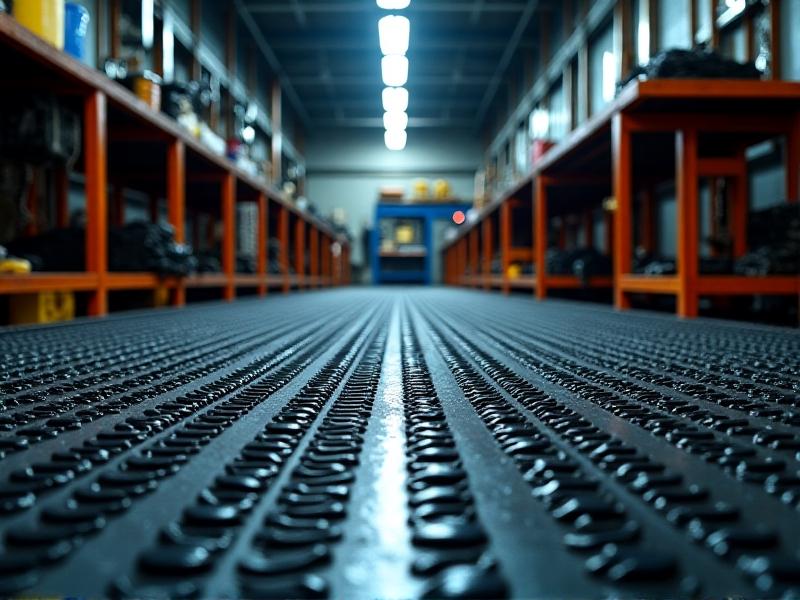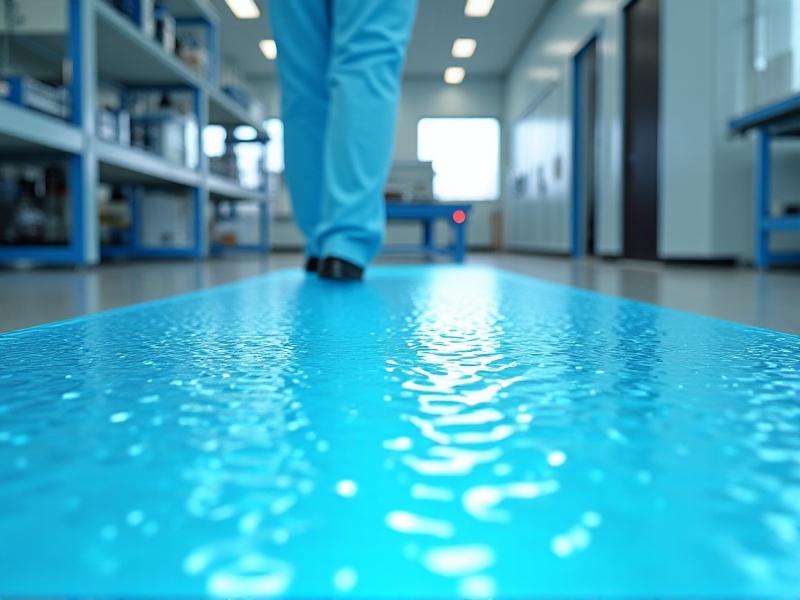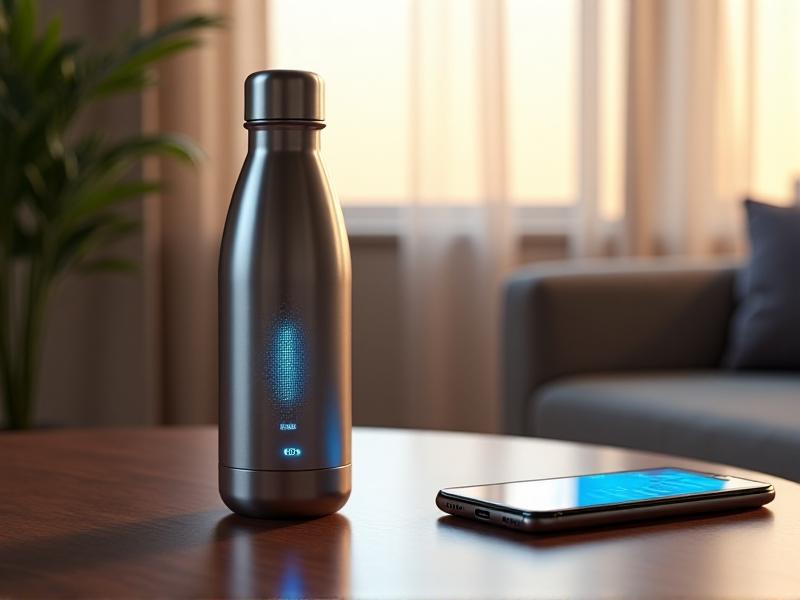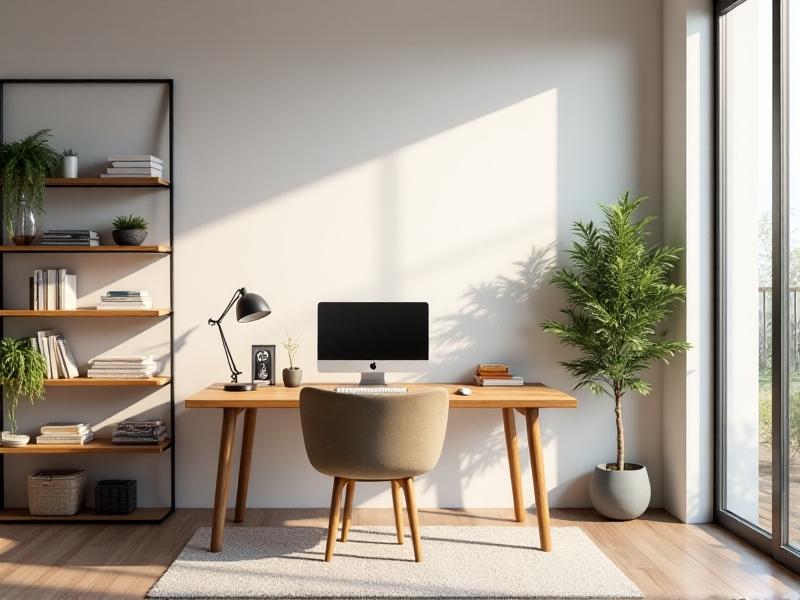Anti-Fatigue Mat Material Comparisons
Understanding Anti-Fatigue Mats: Why Material Matters
Anti-fatigue mats are designed to reduce physical strain caused by prolonged standing, but their effectiveness hinges on material choice. Different materials offer unique combinations of cushioning, durability, and support. This article dives into the most common materials—foam, rubber, gel, and PVC—to help you determine which suits your needs best.

Foam Mats: Lightweight Comfort at a Cost
Foam mats, often made from polyurethane or memory foam, prioritize softness and affordability. Their lightweight design makes them easy to move, ideal for dynamic workspaces like kitchens or retail environments. However, foam compresses over time, losing its supportive qualities and requiring frequent replacement.

Rubber Mats: Durability Meets Slip Resistance
Natural or synthetic rubber mats excel in high-traffic areas like factories or garages. Their non-slip surfaces and dense construction provide excellent support, even after years of use. Though heavier and pricier than foam, rubber’s water-resistant properties make it suitable for wet or oily environments.

Gel-Filled Mats: Premium Cushioning for Extended Use
Gel mats use viscoelastic gel layers to distribute weight evenly, reducing pressure on joints. Popular in healthcare and manufacturing, they offer superior comfort for 8+ hour shifts. However, their higher cost and tendency to retain heat may deter some users.

PVC Mats: Versatile and Easy to Clean
PVC (polyvinyl chloride) mats balance affordability with water and chemical resistance, making them common in medical or food-service settings. While less ergonomic than gel or rubber, their smooth surfaces simplify cleaning—ideal for hygiene-focused environments.
Eco-Friendly Options: Recycled and Sustainable Materials
Environmentally conscious buyers can opt for mats made from recycled rubber, cork, or biodegradable foams. These materials reduce landfill waste without sacrificing comfort, though they may lack the longevity of traditional options.
Choosing the Right Mat: Workplace vs. Home Use
Industrial settings demand durable, slip-resistant materials like rubber, while home kitchens may prioritize lightweight foam or stylish cork. Consider factors like standing duration, spill risks, and budget when selecting a mat.
Long-Term Value: Balancing Cost and Lifespan
While foam mats cost less upfront, their shorter lifespan may lead to higher long-term expenses. Rubber and gel mats, though pricier, offer better ROI for high-use environments. Assess your usage patterns to avoid frequent replacements.







